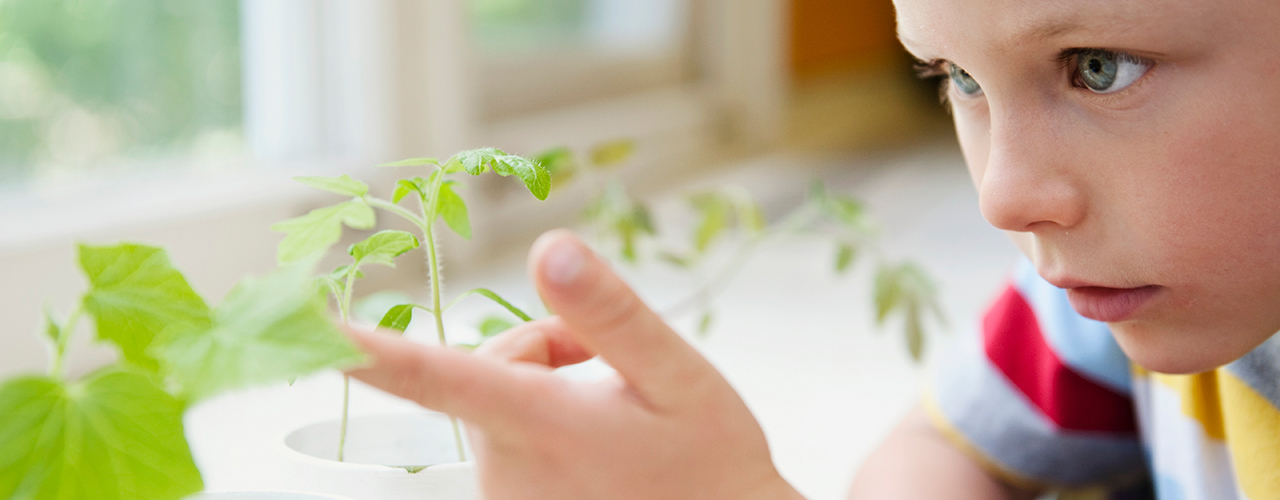
How to Find More Time for PreK-5 Science
Treat Anything Like a Science Activity
An elementary classroom is basically a team of scientists just waiting to get started. In some ways, you only need to show them where the lab is and prepare to be amazed. Insatiably curious, kids are nature’s ideal scientists. They genuinely want to learn about the world around them and they’re constantly investigating the way things work, asking questions at every turn like scientists do. Their enthusiasm for scientific discovery is literally healthy (it helps build strong learning pathways in their young brains) so take advantage of any opportunities to practice scientific exploration or conduct scientific research. Encourage students to question, investigate, and activity, no matter what they’re studying; don’t limit these activities to science class. Foster scientific curiosity and investigative skills at every opportunity. Remember the journey matters as much as the destination.
Foster scientific curiosity and investigative skills at every opportunity. Remember the journey matters as much as the destination.
Focus on Scientific Vocabulary
One thing that’s helpful for doing science anywhere, anytime is being able to talk about it! That means knowing how to use basic scientific vocabulary. Here’s an opportunity to add science time by overlapping or interweaving it with existing class time: during regular vocabulary lessons, reserve time to teach new science vocabulary words that students can use when they’re practicing science. Even just a few minutes of science vocabulary practice each week can create enormous educational gains. Students can keep track of new vocab words in a science notebook. The more they’re able to talk about science, the better they’ll be able to think about, reason through, and comprehend scientific concepts.
Bring Nature into the Classroom for All-Day Science
Seeds growing in pots on the windowsill or plants thriving in a terrarium can be science lessons. Caterpillars becoming butterflies or tadpoles becoming frogs can be science lessons. Present in the classroom all the time, even while other things are happening students are observing these ongoing activities and learning from them.
Do Simple Science Activities
Build a love of science by helping PreK-5 students understand and appreciate fundamental scientific concepts. Students love being involved in the process and learn more effectively when they’re actively part of the discussions, investigations, or decisions. Whenever possible encourage them to use multiple senses and to learn by doing. Provide active, hands-on experiences to keep students engaged and interested.
Taking time for classroom science activities gets kids to listen, observe, question, discover. Practicing science strengthens skills in reasoning, communicating, collaborating, planning, goal setting, and problem-solving. When they’re utilizing these kinds of cognitive skills and critical thinking abilities, elementary students are working like scientists.
The goal of practicing science is not rote memorization but creative thinking.
Where Can Students Always Go to Learn About Science?
The library! It’s right there, packed with scientific knowledge. Give students access to the library’s science section for their age group and encourage them to read. Books will spark their curiosity and creativity, giving them context in addition to what they’re learning in class. So the next time you’re thinking: if only there could be a quiet place, filled with information about science, where students could just go to soak up science instruction from somebody other than their incredibly busy teacher for a few minutes… remember the library. If going to the library physically isn’t an option, bring science books to the classroom or share them digitally.